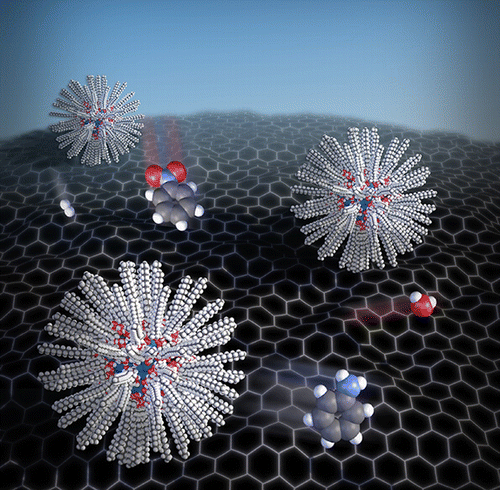This contribution targets the first comprehensive understanding of the next-generation catalyst for nitroarene hydrogenation, featuring ligand-capped 2 nm platinum nanoparticles (Pt-HHDMA, HHDMA: hexadecyl(2-hydroxyethyl)dimethylammonium dihydrogen phosphate) deposited on carbon. Fundamental questions related to the structure, properties, and mechanistic fingerprints of the metal–organic interphase of the hybrid system were addressed through a battery of advanced characterization methods and theoretical calculations. Catalytic tests conducted in a flow reactor at variable temperature and pressure revealed the superior activity of Pt-HHDMA in comparison with the archetypal and industrially relevant Lindlar-type Pt–Pb/CaCO3, with outstanding chemoselectivity and leaching resistance. The analysis of the reaction mechanism by Density Functional Theory, which was never addressed systematically, showed that the benefits of the ligand-modified catalyst arise from the facilitated H2 activation and weak nitroarene adsorption on the HHDMA-modified surface. At the same time, the ligand isolates the platinum ensemble, reducing the possibility of unselective routes by controlling the adsorption geometry and extent of the reactant and product intermediates. These results substantially enrich the mechanistic understanding of HHDMA-modified Pt catalyst and are of fundamental relevance for future improvements of this hybrid catalyst and for extrapolating this technology to other challenging reactions.
